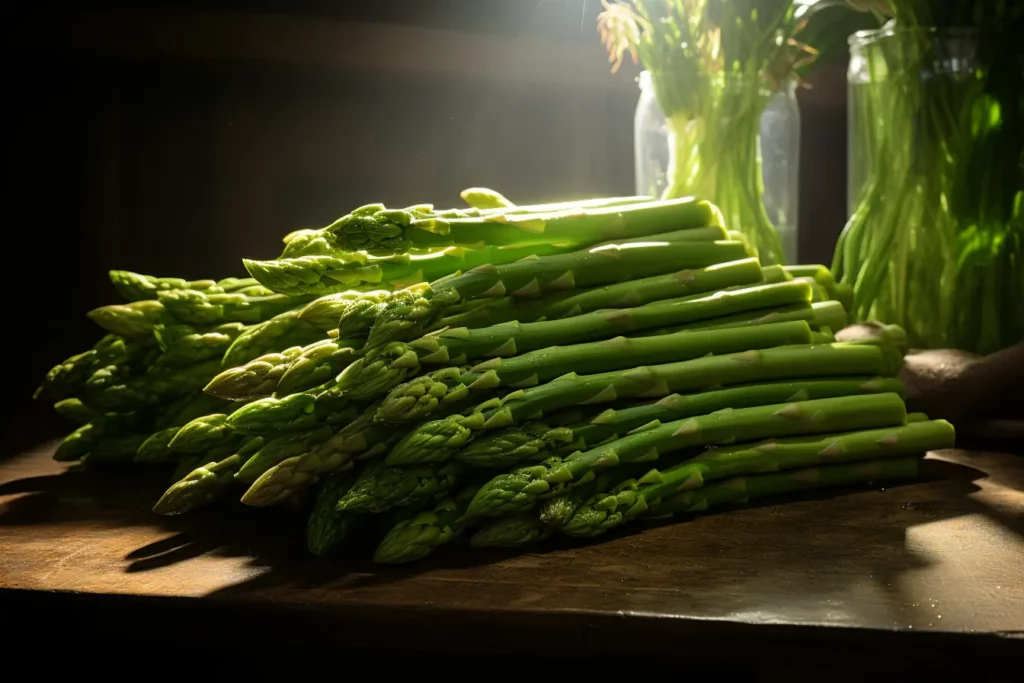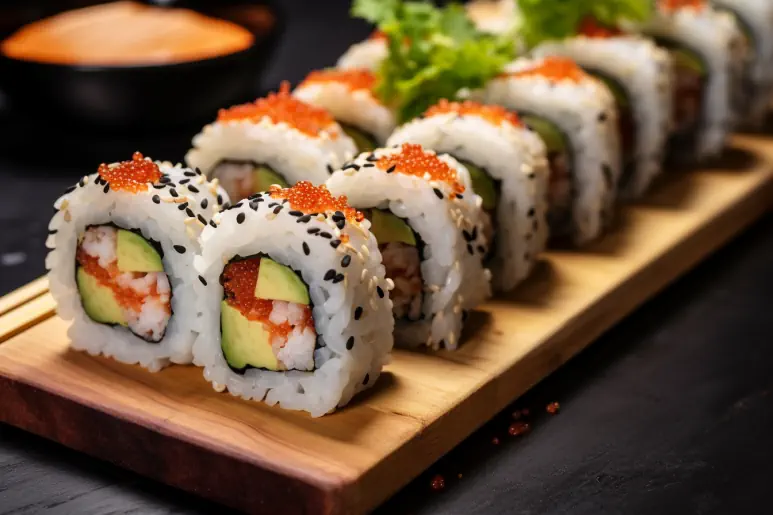Sushi is not only a traditional Japanese dish, but also a creative and fun hobby that you can discover together with the children. The process of rolling sushi requires patience and precision, which can be learned through play with the right guidance. Children often enjoy actions that challenge their creativity and skills, and learning to roll sushi can provide just that. The goal of this article is to teach you the basics of sushi rolling and give you helpful tips on how to share this skill with your kids.
Introduction to Sushi Rolling
Title: The Joy of Sushi Rolling: How to Teach Children this Art Form in a Playful Way.
Let’s start with a fact: kids love sushi. Yes, you heard that right. Kids love to hold this tasty snack in their little hand and every bite is a treat in itself. That’s why it’s a great idea to teach them the art of sushi rolling. Not only is it fun, but it also helps children become more open to different food cultures.
Imagine: a Sunday afternoon at home, the family is together and instead of sitting in front of the TV, sushi rolls are rolled in the kitchen. Doesn’t that sound like a great idea? So here’s a step-by-step guide to make it happen:
- The right material: Get one thing above all else – a sushi mat, rice, nori sheets, soy sauce, cling film, vegetables and some fish. You can also get creative and make sweet sushi rolls with fruit and quinoa to get close to the healthier option!
- Preparation: Wet your hands and the sushi mat with water. Place a piece of nori sheet on the mat and spread the rice on top, but leave some space on one side to make it easier to roll.
- The filling: Let your children choose their own fillings. Cucumber, carrot, avocado or fish – such as salmon or tuna are great options. Remember to keep it simple.
- Now it’s time to roll: Gently roll the mat so that the filling stays in the middle – and voilà, the perfect sushi roll is ready!
- To finish, cut a section from the edge of the roll to make sure it looks good before cutting the rest into bite-sized bites.
Now that you know how to roll sushi, nothing stands in the way of an irresistible Sunday afternoon! Not to mention the pride of your kids when they’ve made their own sushi rolls.
Adopt this tradition in your family and who knows, maybe you’ll have the next sushi talent right in your own kitchen!- and at the end of the day, it’s not just about the final product, it’s about the shared experience. It’s all about having fun and discovering a new flavor – because that’s the true art of sushi rolling.
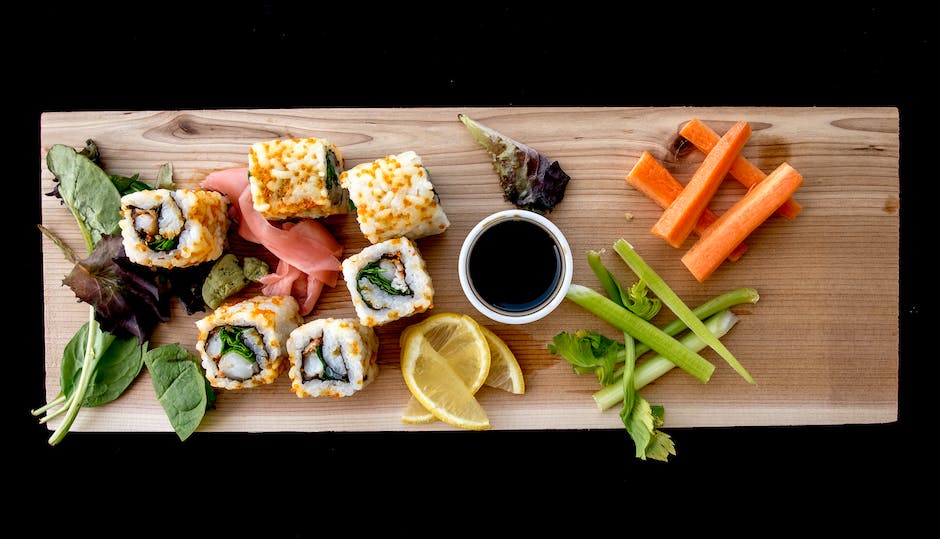
Selection of ingredients
Now we stretch the framework a little further and dive into the wonderful and colorful world of children’s sushi ingredients. It’s no secret that children are often attracted to colorful and playful foods, and sushi provides the perfect canvas to satisfy this creative need.
An indispensable ingredient for sushi is, of course, sushi rice, also known as shari. The sticky rice is seasoned with rice vinegar, sugar and salt and forms the basis of any sushi roll. It is also a great source of carbohydrates and is easy to digest, making it ideal for children.
For the fillings, it is recommended to start with basic ingredients that children already know and like. Vegetables such as cucumbers, carrots, peppers or avocado are not only colorful, but also healthy. Cooked shrimp and crab are a great way to introduce seafood into your children’s diet without overwhelming them with raw fish.
In addition, fruit sushi, often known as frushi, offers a sweet and exciting twist. With ingredients such as pineapple, strawberries and kiwis, packed in coconut milk-soaked rice and coated in a coconut leaf, children are sure to experience an explosion of color and flavor.
In terms of nori, the most common packaging for sushi, it may have a texture and flavor that takes some getting used to for some children. An alternative could be soy paper, which often comes in different colors and has a less pronounced flavor.
Sauces such as soy sauce, mayonnaise, or teriyaki sauce can serve to enhance the flavor of sushi and are often popular with children. However, it is important to use them in moderation so as not to overshadow the healthy aspects of sushi.
In conclusion, the most important thing about sushi for kids is that it’s fun and provides kids with a variety of flavors and textures. It should spark curiosity and reinforce the love of food through experimentation and discovery. With a little creativity and imagination, this time-honored Japanese art form can be a delicious and educational experience for your kids.
And who knows, you might have the next sushi prodigy under your care!
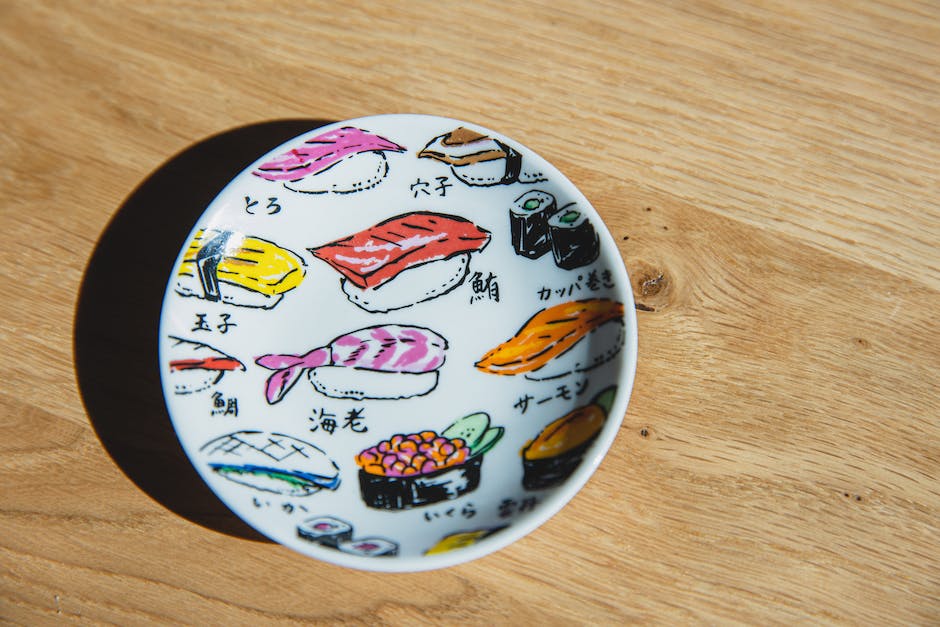
Creative sushi ideas for kids
Before we delve deeper into the fascinating world of sushi diving, it’s important that we get the core of sushi – sushi rice – right.
One of the best ways to encourage children to try something new is to involve them in the process. So they can see what exactly makes sushi rice different and how they can make it themselves.
Let’s take a look at vegetable fillings. To provide children with a healthy and attractive selection of vegetables, you can try a variety of colors and shapes. Colorful peppers, fresh cucumbers, crunchy carrots, and creamy avocados are just a few examples that your little sushi rollers will love.
Introducing seafood into children’s diets can be challenging. Start with boiled shrimp or crab. These are mild in both flavor and texture, making them a great introduction to seafood flavor for kids.
An interesting and delicious variant of traditional sushi is the so-called fruit sushi or “frushi”. Frushi replaces the typical seafood fillings with fresh fruits. This exciting fusion of Western and Eastern flavors is a perfect way to get kids curious about sushi.
Another loving way to make sushi attractive to children is to use soy paper instead of nori. Soy paper comes in a variety of colors, which can add to children’s fascination.
In terms of sauces: Children are generally used to sweeter flavors, so soy sauce might be too salty for them. A mixture of mayonnaise and teriyaki sauce could be a good place to start. It also doesn’t hurt to provide homemade ketchup or BBQ sauce!
Keep in mind that the most important aspect of introducing sushi into children’s nutrition is the fun element and creative discovery. It’s a wonderful opportunity to spark your children’s imagination, stimulate their taste buds while developing core skills such as coordination and fine motor skills.
And who knows, maybe your child will discover a hidden talent and develop a new passion for making sushi. It could be the beginning of a journey that can lead to a future sushi master!
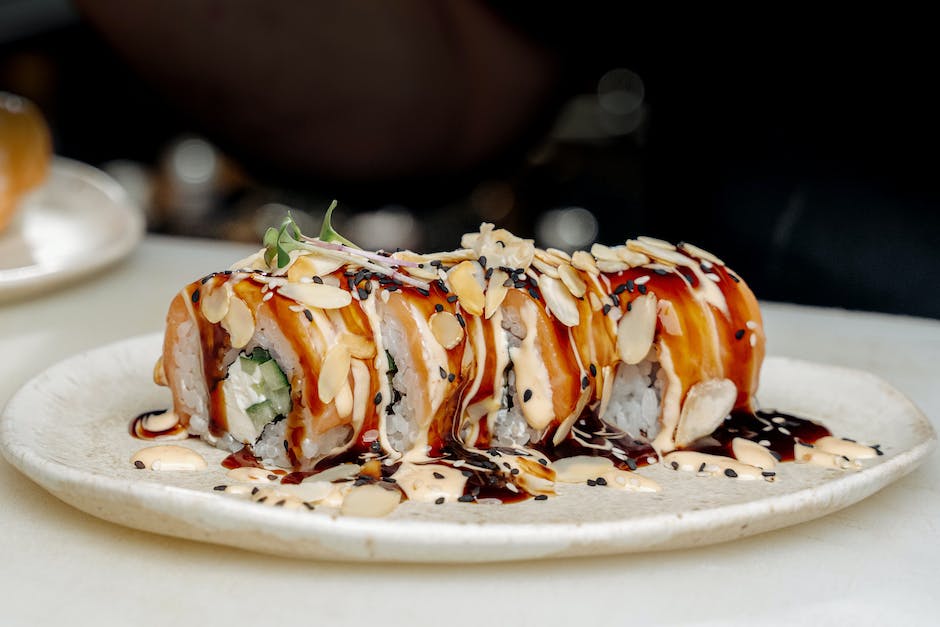
Ultimately, learning how to roll sushi is a wonderful way to spend quality time with your kids while teaching them a new skill. In addition to the fun factor, it also teaches them the appreciation of healthy eating and the importance of freshness and quality of ingredients. With creative ideas and educational instructions, you can be sure that your children will not only have fun rolling sushi, but will also be thrilled to try their own sushi creations.

